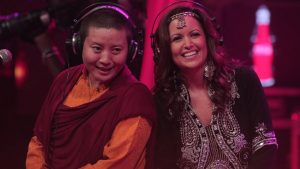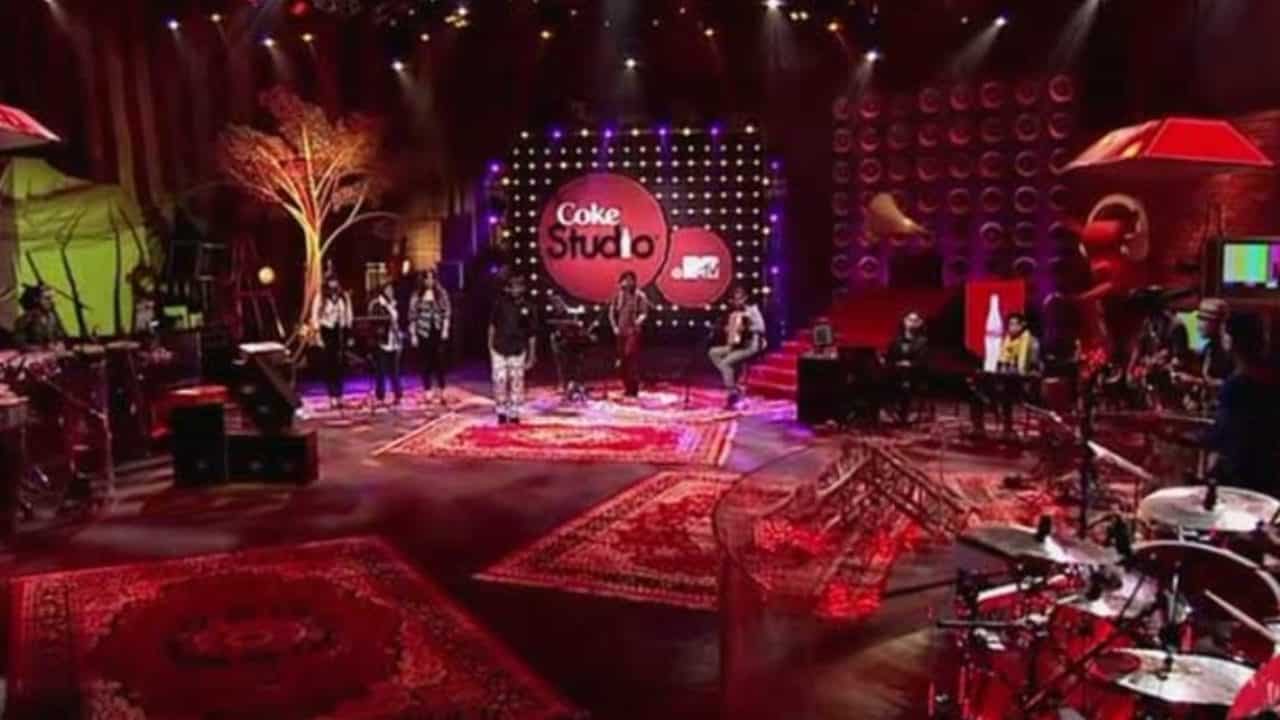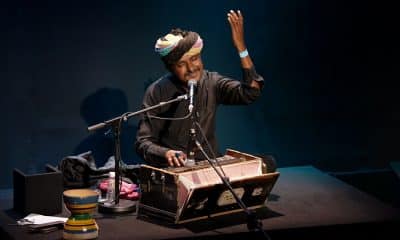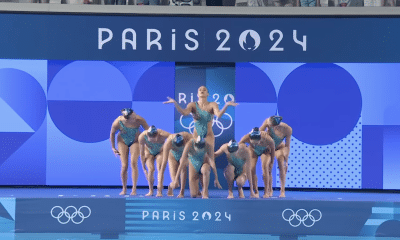Sound Plunge
Coke Studio: The After Story
What happens to the regional folk artists after the show?
When Ram Sampath was the producer on Coke Studio India’s Season 3 Episode 2, he decided to bring Bhanwari Devi, a Rajasthani folk singer, on board and put her in the same room as hip-hop artiste Hard Kaur. He knew the disparity in expression between the two artists – one was a rapper while the other was a master of ragas in the folk arena. But Sampath ensured they found a middle ground, matched beats, and delivered a song named “Kattey”, one of the popular tracks from that season. While it wouldn’t have been an entirely new experience for Hard Kaur, it was alien territory for Bhanwari Devi. The recording of the song didn’t pose as much trouble as the shoot did for Devi. She sang with her ghunghat on. This invited technical difficulties as Sampath wasn’t able to make eye contact to tell her about her cue to step in during the Antara. She kept missing it until they brought on her son Kishan to sit adjacent to her on the harmonium and nudge her on the cue. This solved the matter, but the nudge couldn’t escape the eye of the camera.
That was just one incident when an independent musician belonging to a classical music community was asked to leave behind his/her comfort zone to perform at the Coke Studio. Another note-worthy example was when Sawan Khan Manganiyar was flown in to work with producer Clinton Cerejo to realise that the studio’s air conditioning didn’t suit him. Coke Studio India, a Coco-Cola funded show, invites independent musicians from smaller pockets of the country to collaborate with Bollywood composers. How much light does it shine on the indie singers who come on the show? Do they get overshadowed by the Bollywood names? Do these indie-folk musicians earn even a fraction of the reinforcing popularity their Bollywood contemporaries absorb through the show? Or does the concept of fusing folk music with western tunes benefit in only selling the show? The Wadali Brothers from Amritsar, Mausam Gogoi from Assam, Ustad Rashid Khan from Badayun, UP, Altamash Faridi from Saharanpur, UP, and the list goes on. Where do they go afterwards? Comparing it to any reality TV show, one would assume that these guys are just another set of people used for economic gain.
However, on speaking with the programming head of Coke Studio at MTV, Chandashekhar L., a few things came to light. While not all musicians see a glittering fate as they exit the studio, a few do manage to soar higher than what their gharanas would ever be able to offer. The Nooran Sisters of Season 2, Episode 2 – Jyoti Nooran and Sultana Nooran, first noticed on the MTV-produced show Sound Trippin’s song “Tung Tung”, are an example of happy faces post Coke Studio. “I’m looking at this entire trajectory for a 16 and a 14-year-old girl. A few days ago, nobody knew them. With “Tung Tung”, they got a music video. With Coke Studio, they got recognition and concerts, including a one month Canada tour. And now they are singing on AR Rahman’s album for an upcoming Imtiaz Ali film.”

Nooran Sisters performing at Coke Studio
Sitting on the other side of the fence is Pakistan’s Coke Studio which is hailing strong due to the absence of a Bollywood-like filmy culture. It remains one of the only platforms for its country’s musical talent. When singer Saieen Zahoor, of “Alif Allah” fame, shares the platform with Ali Azmat or Rahat Fateh Ali Khan, he automatically gets catapulted into the spotlight, but in India, even playing alongside AR Rahman can render you insignificant. Therefore, one of two things happens – either the indie artiste gets completely side-tracked or rises to instant fame of immeasurable counts. That said, the tilt towards Bollywood musicians is evident as they make for an easy sell. To which Chandashekhar L. says, “If we were completely skewed towards big names, then I think our order (for season 3) would’ve been AR Rahman, Ram Sampath, and then the other Bollywood guys, and we would’ve ended it with Papon. We actually placed Papon on episode number 5”. However, that logic might not apply too well to an artist like Papon since he was already a recognizable name before the show, and was not as new to the westernized style as were the other folk musicians.

Papon at Coke Studio
To drill deeper into the ground, we spoke to Qawwali singer Munnawar Masoom of “Bismallah” fame from Season 3 Episode 4, which Salim-Sulaiman produced. Masoom seemed content and inherently happy on his experience working with “Salim bhai”, whose name he would repeatedly mention. “Salim bhai jo hain, unhonen bilkul aazad chod diya tha aur kaha ki apne mizaj se gaiyye. Ek kalakar ke liye sabse badi cheez yeh hai ki aap usko apni marzi pe chodh do toh woh apni feeling se gaayega. (Salim had left me completely free to sing in my own style. For an artiste, the biggest thing is that if he is left on his own terms, he will perform with personal ‘feelings’)”. For him, Coke Studio, although it didn’t create a palpable emotion, did serve as a platform that boosted his personal career. “Show (Coke Studio) ke baad humare shows (Qawwali) mein payment aur publicity mein badawa hua. (After Coke Studio, the price and publicity for my personal qawwali shows got a hike)”. What came most shocking to him was when he did shows in Benaras, Indore, Bhopal, Mumbai and a few other cities, where he encountered audiences who had sung along to “Bismillah” from start to end. Most recently, he performed at Delhi’s Kamani Auditorium where he did an entire rendition of “Bismillah”, when in the actual song he only sings the mukhda.
Sawan Khan, on the other hand, told us that he was notified about the song and his rising popularity only a few months back, when the song he’d sung, “Saathi Salam” came out in 2012 in Season 2. “Jab Coke Studio walon ne mujhe phone kiya toh unhone mujhe bataya ki mera gane ki kaafi tareef ho rahi thi and aur mera bahut naam ho raha hai. Mujhe bahut acha laga yeh sunke.” Happiness aside, he never delved into specifics on what changed for him after Coke Studio. Let’s hope things come to light, whether good or bad, soon enough.
In a sense, true to Coke Studio’s defence, placing Sunidhi Chauhan alongside Assamese folk singer Mausam Gogoi in Season 1, Episode 1 for the song “Bichua” did prove healthy to Gogoi. They even brought him on for future episodes. Another case would be of Tamil singer Chinna Ponnu, who featured in the first season, following which record the smash hit “Nakku Mukka” for the Tamil film Kadhalil Vizhunthen. As is common knowledge, this song was/is a popular track played at noisy Indian festivals, was used in the Milan Luthra film Dirty Picture, and served as the score for a Times of India advertisement that won two gold Lions at the Cannes Festival, 2009 (Watch here).
Then there was the issue of, as the MNS would call it, “outsiders”. With an already existent population of singers showing up on reality TV shows whose number lies outside the region of calculation, Coke Studio decided to bring in singers like Ani Choying (Nepal) and Firah Siraj (Jordan) for “Zariya” with AR Rahman at the helm. It’s the same as 1000 hungry people waiting at your doorstep to be fed, but you still go and feed a Martian instead. Why? As the conversation proceeded with Chandrashekhar L we realized that the onslaught of foreign musicians only increased the chances of Indian artists getting noticed on a world scale. “If you look at it from a macro picture, out of 50 songs, 1 song had international singers. So I don’t think that the importance of our local talent will go down. In fact, because of Farah’s fan base, Prasanna (guitar), Shiv Mani (drums) and Mohini (bass) will now get heard in Jordan and Nepal.”

Zariya by Ani Choying and Farah Siraj Coke Studio
By now, we were starting to get convinced that Coke Studio had acted as a Good Samaritan to under-noticed talent. Although the show may never penetrate as widely as film music in our country, it had surely put the independent artists on a pedestal. The anti-thesis of Marxism would state that a few individuals will always do better than the rest. And it is this very principle that’s trying to be bridged in India. Or at least there’s a lingering false hope. The trend even seeps into mainstream Bollywood. Who knows the guys who play instruments behind Amit Trivedi or AR Rahman? And how many of us really care? But we’re glad that a percentage of alternate faces from untraceable regions are building an oeuvre worth noticing, if not for a face and personality that rhymes with large-scale publicity.










































